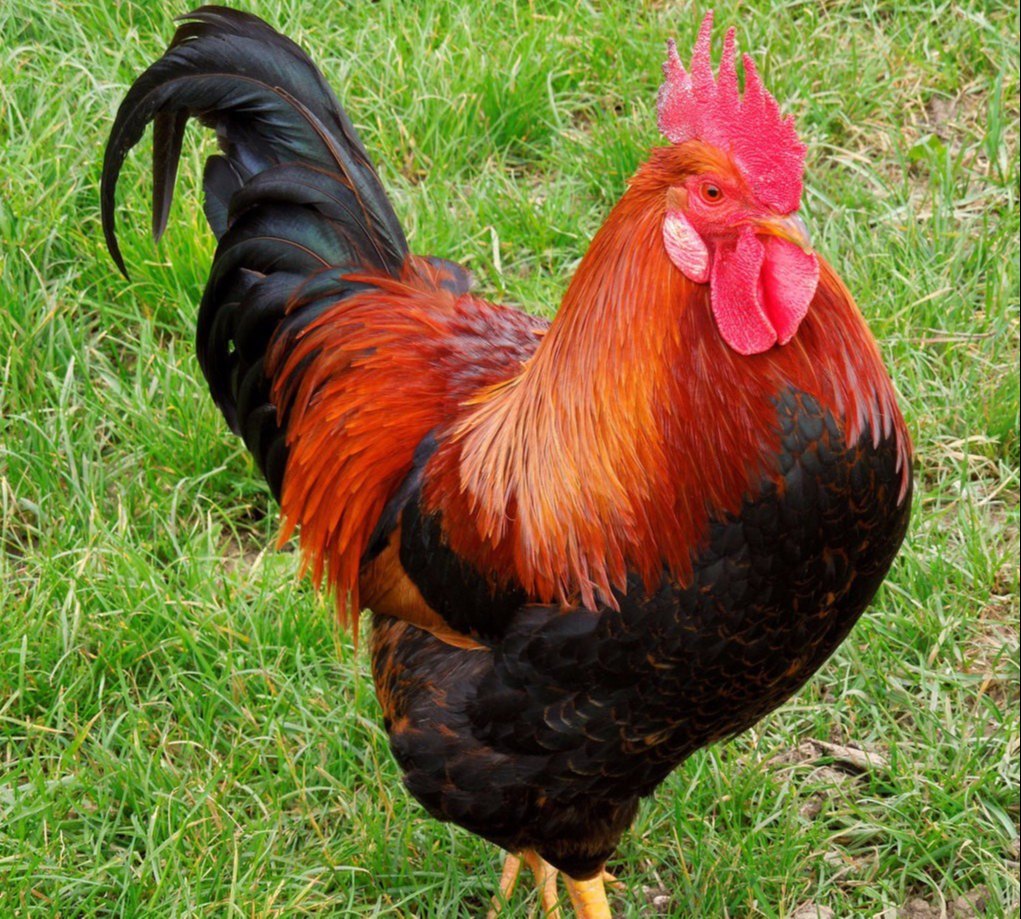Vanaraja is a dual-purpose chicken breed developed by the Poultry Project Directorate in Hyderabad, India. The breed was distributed in the Jangalmahal area of West Bengal targeting small and marginalized farmers for its prolific production of meat and eggs.
Unlike common chicken breeds, the Vanaraja chicken can be raised using simple techniques and processes, and yet they will deliver high yields. This is an additional advantage for rural people who can obtain additional economic benefits at a low cost.
Vanaraja Chicken Introduction
The Vanaraja chicken breed is relatively new and is a very good option for all those who want to create a side business with other agricultural activities. This variety of chicken was developed with people in rural communities in India in mind. The breed is raised for both meat and eggs.
Vanaraja Chicken Characteristics
Important characteristics of this breed are pied feather pattern, immunity to disease, performance with less nutrition, rapid growth, and good, brown egg production.
Vanaraja Chicken Egg Production
The Vanaraja hen improves its egg production when raised free-range. Each hen can produce up to 110 eggs per year, reaching a weight of 1.0 to 1.2 kilograms (2.2 to 2.6 lb) at 6 months. Excess body weight can reduce egg production. The breed is mainly kept in Telangana and Andhra Pradesh.
The meat obtained from the Vanaraja hen is very lean and tasty, which is why it is highly appreciated by local consumers and is highly demanded in the Indian markets.
Nutritional Management of the Breed
Feeding alone accounts for the majority of the cost in poultry management. However, in the case of the Vanaraja chicken, the feed cost is very low. The Vanaraja chicken can be raised on minimal feed (not recommended), but would still gain an effective body mass for sale.
In general, when these birds are raised in the wild, they will forage for themselves, collecting most of the nutrients necessary for their survival. They feed on insects, termites, grasses, grains, vegetables, crop debris, etc. In the case of food handling inside the house, the food should not be stored for long periods of time to avoid fungal infection.
Additional Data
Important data that must be taken into account for the upbringing and nutrition of the Vanaraja breed:
Bird weight is an important factor. If hens are overweight, egg production will be reduced. Also for laying hens, the weight of the hens should be kept to 2.5 kg.
Calcium and mineral supplements are very important to be included in the bird’s diet. This prevents the laying of poor shell eggs.
Feed and water containers must be kept clean at all times. The water container must be regularly filled with clean water at all times.
The feeder should not be filled to the brim with food. You should put out small amounts of food to reduce food waste. It can be refilled when necessary.
See Also: